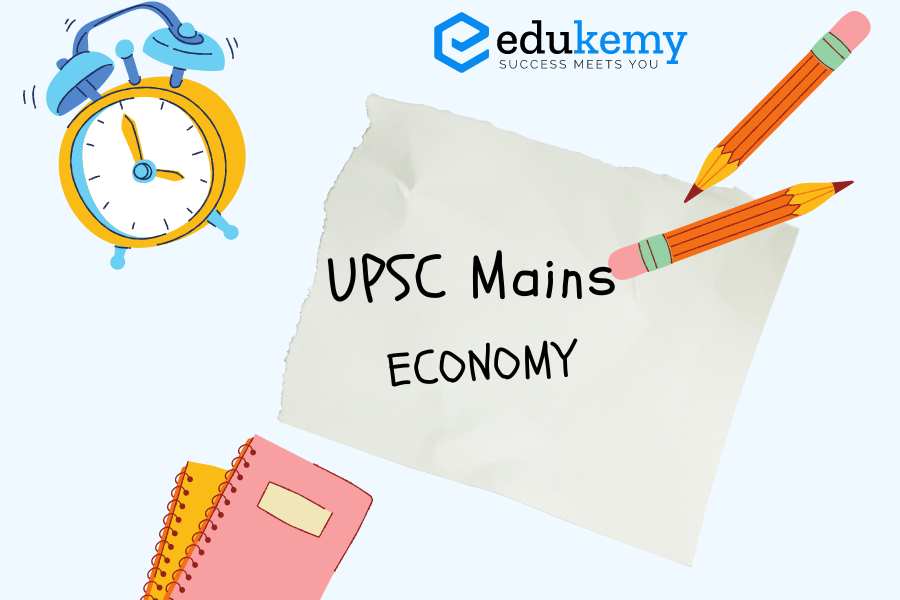
Contents
Introduction:
A 2021 report by the UN body FAO highlighted that post-harvest wastage in fruits and vegetables, spanning from harvest to distribution, reaches as high as 45% in developing Asian countries like India. The Dalwai Committee, focusing on doubling farmers’ income, estimates the need for 30,000 markets, encompassing wholesale and rural retail markets, to meet the agricultural demands of the country.
Body:
India falling behind in agri-logistics for transporting produce:
- Limited Mandi Reach: Farmers, on average, have to travel 12 kilometers to reach the nearest mandi, with distances exceeding 50 kilometers in Northeast India, deviating from the National Farmers Commission’s recommendation of markets being within a 5-kilometer radius.
- Intermediary Issues: The lengthy marketing channels formed due to distant mandis result in multiple intermediaries, exacerbating challenges faced by producers of perishable agricultural goods.
- Inadequate Storage Infrastructure: The persisting gap between the demand and supply of agri-warehouses hinders effective storage practices.
- Cold Storage Insufficiency: India’s current cold storage capacity is insufficient for just 10% of the fruits and vegetables produced in the country.
- Transportation Bottlenecks: Inadequate transportation infrastructure leads to damage during transit, including bruising, spillage, and contamination, impacting the quality of agricultural commodities.
- High Unsold Produce: According to the Dalwai Committee, significant proportions of fruits (34%), vegetables (44.6%), and their combination (about 40%) remain unsold at the all-India level.
- Post-Harvest Losses: Traditional storage structures lacking scientific design contribute to substantial post-harvest losses.
Steps to Curb Post-Harvest Losses:
- Scientific Storage Facilities: Implementing technological interventions in storage structures and logistics can reduce post-harvest losses and increase farmers’ revenues.
- Warehousing Receipts: Warehousing receipts from certified warehouses can serve as collateral for funding from banks, aiding farmers in meeting post-harvest expenses.
- Rail Network Utilization: Shifting the transportation ratio in favor of the rail network can significantly benefit farmers, enabling them to expand their market reach for perishable crops.
- Enhanced Market Connectivity: Strengthening e-NAM and upgrading rural haats to Gramin Agricultural Markets (GrAMs) can enhance market connectivity.
- Food Processing Promotion: Promoting the food processing industry through schemes like Mega Food Parks and Integrated Cold Chain can minimize wastage and post-harvest losses.
Conclusion:
The government’s ambitious goal of doubling farmers’ income by 2022 necessitates prompt addressing of agri-logistic issues. Robust legislation, such as the Agriculture Produce and Livestock Marketing Act (APLMA), should be in place to resolve agri-marketing challenges. Tackling post-harvest losses is crucial not only for farmers’ income but also for ensuring food security and meeting the nutritional requirements of the nation.
In case you still have your doubts, contact us on 9811333901.
For UPSC Prelims Resources, Click here
For Daily Updates and Study Material:
Join our Telegram Channel – Edukemy for IAS
- 1. Learn through Videos – here
- 2. Be Exam Ready by Practicing Daily MCQs – here
- 3. Daily Newsletter – Get all your Current Affairs Covered – here
- 4. Mains Answer Writing Practice – here

